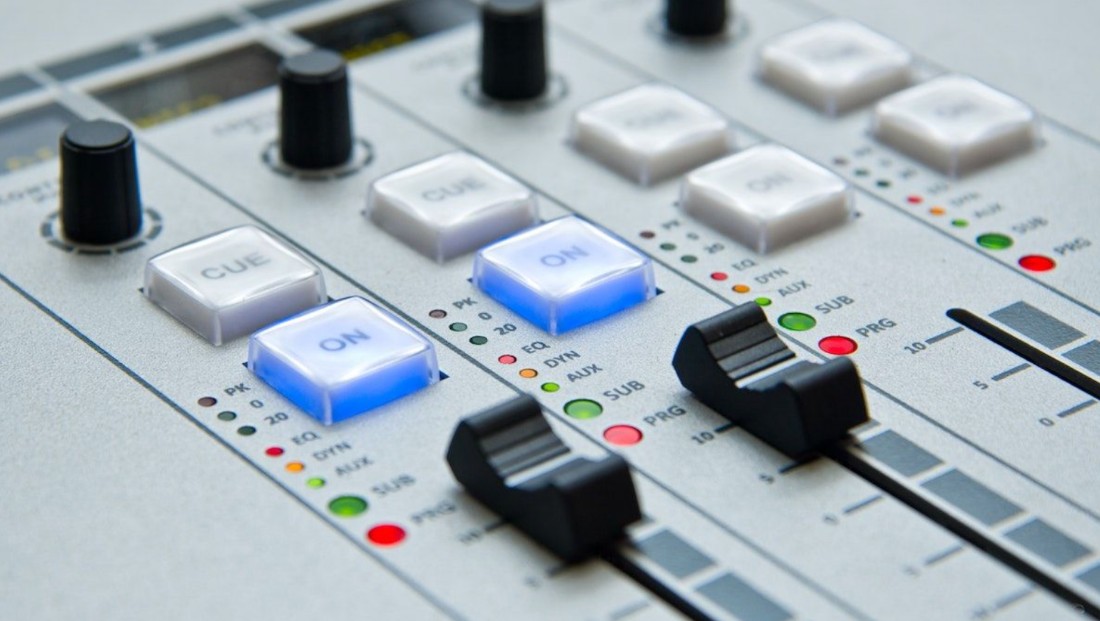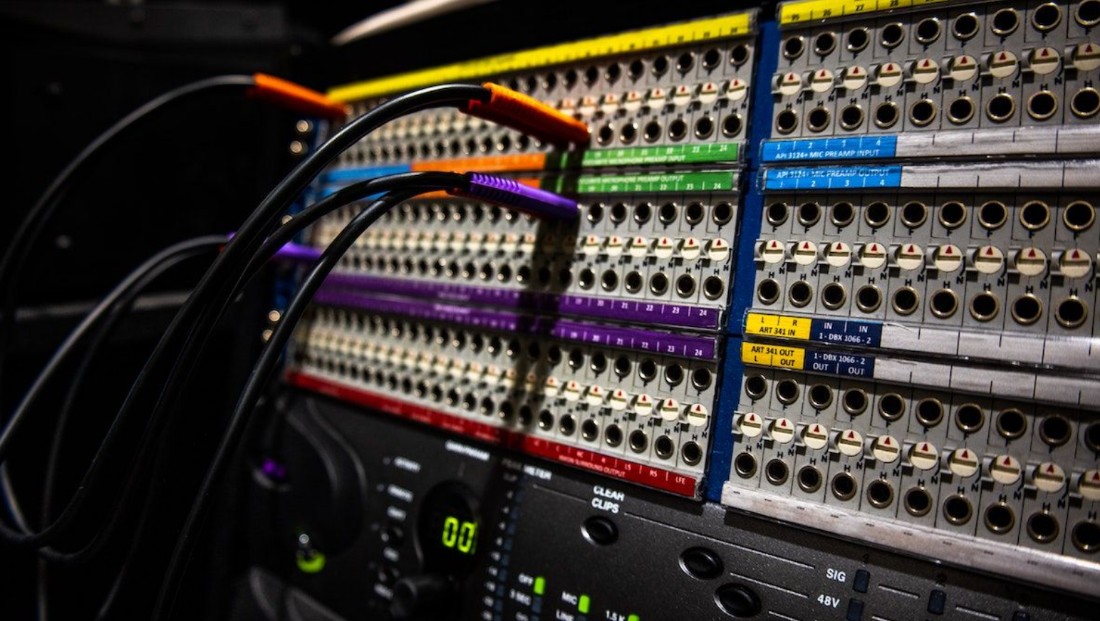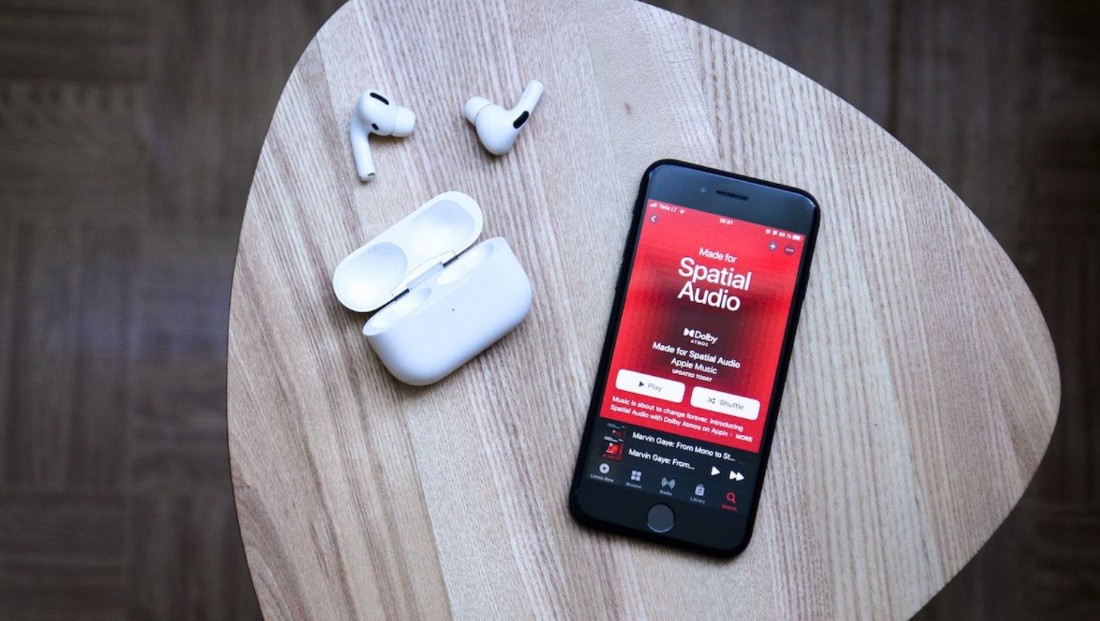Five ways audio producers can create more engaging content

Subscribe to NCS for the latest news, project case studies and product announcements in broadcast technology, creative design and engineering delivered to your inbox.
The pandemic has changed many of the ways media professionals produce content, and even some of the ways that content is consumed. Technologies have made it possible to connect remote guests and sources to journalists and hosts, and enable production teams to work from their home and remote workspaces without needing ISDN lines or advanced IT infrastructure. At the same time, apps and mobile devices mean that more audio tools have landed in the hands of more different people, turning everyone into a potential content contributor.
On the listener’s end, traditional listening habits and environments have been completely disrupted. For example, what does “drive time” mean when “commuting” itself has changed so much?
The result is a fluid ecosystem where content producers have a chance to explore new ways of engaging listeners. So what can broadcasters, podcasters and other creators do today to elevate their content and production in this new landscape? Here are a few ideas:
Raise the level of audio competence among expanding content teams
Just as blogs didn’t suddenly make everyone a great writer, the democratization of audio tools for broadcast journalists and podcasters doesn’t make everyone an expert in producing great sounding audio content. Setting aside any technology, equipment, or software, it’s the subject matter and storytelling that are critical to connecting with people. It doesn’t matter how advanced or expensive the equipment is, if the content isn’t good, it’s hard to imagine a listener sticking around for long.
However, poor audio quality can diminish the impact of a great conversation, interview, or story, and turn away guests and advertisers. This doesn’t mean that you need to run out and buy more equipment or software. To the contrary, this is about helping your journalists and producers learn more about the tools you already have and how to use them. There are a number of reliable free resources like transom.org, training.npr.org, and Air Media, that are loaded with useful information to help raise audio competence across your teams.
Investing this time to learn, and finding ways to simplify the work while maintaining quality—through simpler equipment setups and a greater understanding of how to use it—gives your team more time to focus on what really matters: the content. The less time they spend running cables, checking levels, moving files around, cleaning up audio tracks, editing, and “fixing it in post,” the more time they have to prepare for interviews and tell a compelling story, or to work on a great mix, innovative sound design, or creative ways to reach new audiences.
Minimize the tedious parts of your workflows

For many of the narrative, documentary-style programs listeners enjoy, the journey from capturing a great conversation to editing it into a finished segment can be a long one. Interviews might live on various SD cards and recorders, which then need to be transferred, organized, backed up safely, and accessible by a team of collaborators. Then someone has to log all that material and figure out what’s usable and how it all fits together.
Along the way, they may find audio problems that need to be solved, like unwanted background noise, poor microphone placement, distortion, interference, or dropouts. And once collaborators get involved, the emails start flying, sharing notes about the recording, suggesting time-stamped sections for inclusion, and generally collaborating asynchronously until the editor can pull together an initial draft, which triggers another round of email feedback.
Anything that can create efficiency within the editorial process can give people time to be more creative and focus on better content. It’s exciting to imagine a future where field recorders could stream content wirelessly to the cloud, and some well-trained AI could automatically organize the files, tag them with metadata, and clean up the audio before you even start editing. This would eliminate some of the most arduous parts of production.
A cloud resource could also serve as an online collaboration platform for backing up materials and connecting production teams and their feedback in a single location. When we look at some of the innovative companies who are building cloud platforms specifically for broadcast journalists and podcasters, such as Descript, Nomono, and Cleanfeed, it’s clear that workflows like these are coming soon.
In the meantime, take a minute to consider the production workflows inside your organization. What parts of the editorial process are most onerous? Are there improvements you can make to give your team more time for the parts of the process that they love to do? If you have engineers spending three days trying to tweak the audio for a 30-minute show, you might be better served by offering journalists in the field better training on how to capture cleaner recordings from the beginning. That way the engineering team isn’t spending so much time in post-production.
Get out there and interview people in person again
Audio over IP and conferencing solutions made it possible to keep production going during the pandemic, but there’s nothing like recording conversations in-person, where people can feed off each other, react, and have natural conversations. However, the idea of being in an air-locked studio with three other people, or an office with interview subjects, might not be practical for a while. How do you do it safely with continuing health restrictions?
One option could be to gather outdoors or in a large room where you can space people out safely. But each of these possibilities has its own challenges, from extraneous noise and acoustic issues to the complexity of running long cables and carting equipment to these locations.
Safe spacing could be a great application for wireless lavalier microphones, which give you more flexibility to position participants. Lavaliers and wireless mics have traditionally meant complexity and compromise in sound quality, but hopefully the technology will evolve in a way that allows for compact, mobile, wireless kits that will get content creators into the field faster and safer.
For example, new solutions from Lectrosonics, Zaxcom, Røde and others include recorders right inside the belt pack, so you don’t have to worry as much about spectrum concerns and the associated RF issues and dropouts that have conventionally come from wireless rigs in the field. It’s conceivable to imagine future workflows where a journalist can hand out a few wireless microphones to guests, press a single button, and start recording right away, with each microphone recording individually but in sync with one another.
If we really could get away from wired, handheld or stand mounted mics, participants would be freer to move around naturally while maintaining consistent mic placement. You could even imagine guests sitting around a campfire or walking through a park during an interview. Capture some good “scene tape” along with those recordings and you could really bring your listeners along for the experience.
Use ambiance to your advantage
As journalists get out more, they’ll become reacquainted with controlling unwanted background noise or suppressing it in post-production. Worrying about a barking dog was less important when recording from home studios, and even brought listeners closer to on air personalities (and their pets), but any noise that pulls a listener out of the story is something to be aware of.
Technology is making it possible to automate the removal of unwanted background noise without extracting all the ambiance from the setting. Leveraging tools like artificial intelligence and machine learning, background noise can be separated from foreground dialogue and balanced in post-production. If we can find ways to simplify this type of processing and make it accessible to more people, production teams can focus on the content rather than having to learn to use time-intensive, post-production tools.
Additionally, there are a lot of creative opportunities for using ambient sound to immerse listeners in the storytelling environment. Instead of removing all the background noise, consider what you want to leave in your recording to establish a sense of place or a mood, the same way a photographer or videographer considers the entire scene when capturing a subject.
This means being intentional about capturing ambient sound or scene tape along with interviews, even if you don’t use it all later. In addition to the mics used to capture each guest, try to use a separate mic or recorder to capture the ambient sound of the environment. That way you have it and can paint that rich, immersive audio canvas you’re looking to create to bring your listeners inside the story.
Prepare for a spatial audio future

Having worked to capture and craft thoughtful stories from all the content you’ve gathered, it’s worth thinking about how you can provide new listening experiences through evolutions in spatial audio technology. If you have recorded multiple tracks of each host, guest or subject, plus separate tracks for sound design, ambiance, music, and effects, you have the building blocks for a spatial audio production.
We’ve seen producers like iHeart Radio and QCODE using immersive audio to help their listeners feel surrounded by the storytelling. And there are opportunities to capture spatial audio recordings in the field too, leveraging flexible technologies like Ambisonics microphones. These tools capture a 360-degree recording of the environment in a format that can be manipulated later and then used in whatever supporting platform you choose, whenever you’re ready to embrace spatial audio, whether that’s a binaural stereo mix today or a Dolby Atmos mix two years from now. Even if we’re not distributing spatial audio content through most terrestrial mediums today, you’ll still be able to have rich, high-quality, stereo audio and be ready to redistribute in spatial audio down the road.
Ultimately, the best storytellers will produce the best content, no matter what technology they’re using. But by keeping the story at the focus of the creative process, and finding ways to embrace new technological innovation without letting it get in the way of your craft, everybody wins.
Subscribe to NCS for the latest news, project case studies and product announcements in broadcast technology, creative design and engineering delivered to your inbox.





tags
Audio for Broadcast Production, Audio Mixing, Bradford Swanson, Cleanfeed, Descript, Dolby, Nomono, Røde, spatial audio, storytelling, Zaxcom
categories
Broadcast Audio, Broadcast Engineering, Broadcast Equipment, Featured, Microphones, Online and Digital Production, Streaming, Thought Leadership, Voices